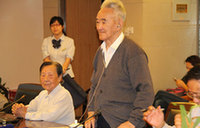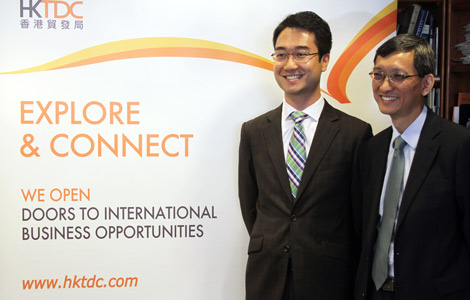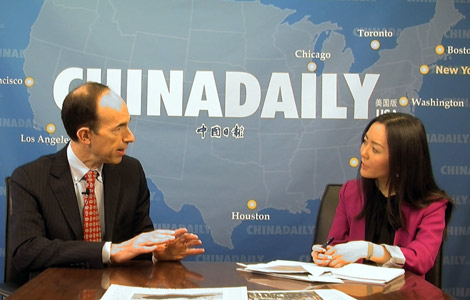Old wounds
Updated: 2014-09-24 07:24
By Xin Yi(China Daily)
|
||||||||
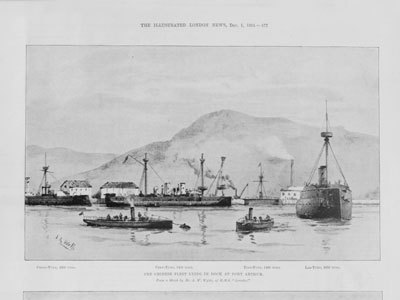 |
|
A Dec 1, 1894, issue of The Illustrated London News features a sketch of the Chinese fleet docked at Port Arthur (now known as Port Lushun). |
In contrast, the Qing officials not only underestimated the power of the media, but also attempted to block the news of their failures on the battlegrounds.
One of the rare newspaper pieces Tian collected is the front page of the erstwhile The New York World from its edition dated Dec 20, 1894, which published a damning report by American journalist James Creelman on the Port Arthur Massacre carried out by the Japanese.
Port Lushun, known as Port Arthur at the time, is on the coast of Liaoning province in northeastern China.
"The struggle for the emancipation of Corea (Korea) is suddenly turned into a headlong, savage war of conquest. It is no longer a conflict between civilization and barbarism. Japan has dropped her mask and for the last four days she has trampled civilization under the feet of her conquering army," Creelman wrote in his lead story.
But the silence on the part of the Qing rulers on the massacre and Japanese efforts to bury the truth raised doubts about the credibility of the report and allowed Japan to be free from blame for at least some time.
Tian says: "These newspapers influenced Western society's opinion of Asia, and to some extent, Western decision-makers. That's one of the main reasons why we started this study."
The idea of compiling the news reports into a book first came to Tian when he was covering the 2012 London Olympics for a Chinese TV channel. As a collector of old newspapers, he found a bundle of The Illustrated London News that carried reports about China from the Qing Dynasty era when he was strolling down Portobello Road to take a look at London's famous antique market.
He brought back to China about 100 old British newspapers, and quickly found a group of friends who shared the same passion in unearthing reports of the war from such papers.
For the past two years, Tian and his friends rummaged through war-related news material from book dealers and universities. Besides English newspapers, they also bought French, Russian and Japanese ones from sellers of old publications.
"Studying the newspapers was like going back through a time tunnel," says Tian. "We are not historians, so we didn't provide any commentary in our book. We want readers to make their own conclusions."
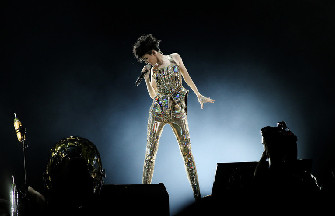
 Star Stefanie Sun holds concert in Beijing
Star Stefanie Sun holds concert in Beijing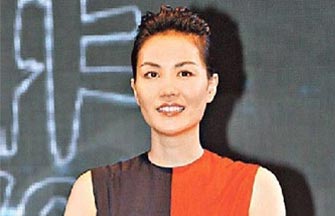
 Faye Wong's manager refutes star's drug rumors
Faye Wong's manager refutes star's drug rumors
 Lu Yi and daughter Bei Er pose for street snaps
Lu Yi and daughter Bei Er pose for street snaps
 Photoshoots of actress Li Xiaomeng
Photoshoots of actress Li Xiaomeng
 Council of Fashion Designers of America Awards
Council of Fashion Designers of America Awards
 Fan Bingbing, first Chinese actress in Barbie Hall of Fame
Fan Bingbing, first Chinese actress in Barbie Hall of Fame
 Awarding ceremony of 2014 hito Pop Music held in Taipei
Awarding ceremony of 2014 hito Pop Music held in Taipei
 Zhao Liying's photo shoot for Children's Day
Zhao Liying's photo shoot for Children's Day
Most Viewed
Editor's Picks

|

|

|

|

|

|
Today's Top News
Obama urges further coalition efforts against IS
China boosts climate efforts
Central Asian nations are ready to roll on the 'new Silk Road'
Ex-Chinese planning official confesses to graft
Alibaba's shares down for second day
Emissions report tells only part of story, expert says
Xi reassures HK on stability issue
Obama, Zhang meet at UN
US Weekly

|

|
